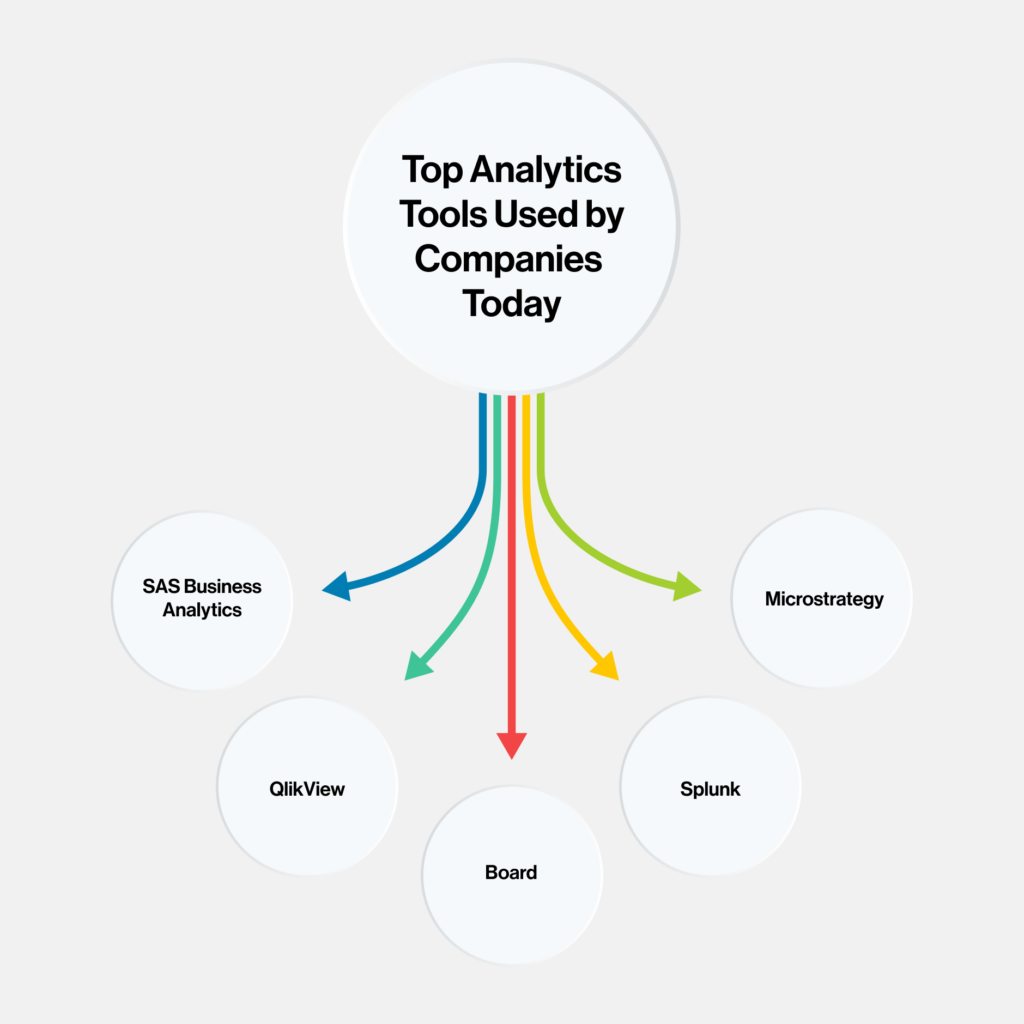
In today’s data-driven world, businesses of all sizes are recognizing the importance of data analytics to gain insights, make informed decisions, and stay competitive. However, with a plethora of data analytics tools available in the market, selecting the right ones for your business can be a daunting task. This blog aims to guide you through the process of choosing the right data analytics tools that align with your business needs and goals.
The Importance of Data Analytics
Before diving into the selection process, it’s crucial to understand why data analytics is essential for your business. Data analytics allows you to:
1. Make Informed Decisions: Data-driven insights help you make informed decisions rather than relying on intuition or guesswork.
2. Identify Trends and Patterns: Analytics tools can uncover trends, patterns, and anomalies in your data that you might not have noticed otherwise.
3. Improve Efficiency: By analyzing operational data, you can identify bottlenecks and inefficiencies in your processes and streamline them
4. Enhance Customer Experience: Understanding customer behavior and preferences enables you to tailor your products and services to meet their needs.
5. Stay Competitive: Businesses that harness the power of data analytics are better positioned to adapt to changing market conditions and outperform competitors.

Factors to Consider When Choosing Data Analytics Tools
- Business Goals and Objectives: Start by defining your business goals and objectives. What specific problems are you trying to solve with data analytics? Your tools should align with these goals.
- Data Sources: Consider the types of data sources you have, whether it’s structured or unstructured data, internal or external sources. Ensure that the tools you choose can handle your data.
- Scalability: Think about your business’s growth potential. Will the chosen tools scale with your needs, or will you need to switch to more robust solutions in the future?
- Budget: Analyze your budget for data analytics. Some tools are open-source or have free versions, while others can be quite expensive. Choose tools that fit your budget constraints.
- Ease of Use: Consider the technical expertise of your team. User-friendly tools might be more suitable if you lack data scientists or analysts with advanced skills.
- Integration: Ensure that the analytics tools can integrate seamlessly with your existing software and systems. This prevents data silos and improves overall efficiency.
- Data Security and Compliance: Data security and compliance with industry regulations (e.g., GDPR, HIPAA) are paramount. Choose tools that prioritize data protection and compliance.
Types of Data Analytics Tools:
There are several types of data analytics tools available, each catering to specific needs:
- Descriptive Analytics: These tools help you understand what happened in the past. Examples include Microsoft Power BI, Tableau, and Google Data Studio.
- Diagnostic Analytics: These tools enable you to identify why something happened by examining historical data. SQL and R are commonly used for diagnostic analytics.
- Predictive Analytics: Predictive analytics tools, such as Python libraries like scikit-learn or proprietary solutions like IBM SPSS, forecast future trends based on historical data.
- Prescriptive Analytics: These tools not only predict outcomes but also provide recommendations on what actions to take. Optimization software like IBM CPLEX falls into this category.
- Machine Learning and AI: Tools like TensorFlow, PyTorch, and scikit-learn are essential for businesses looking to implement machine learning and artificial intelligence solutions.
- Big Data Analytics: For organizations dealing with massive volumes of data, tools like Apache Hadoop and Apache Spark can process and analyze big data efficiently.
- Data Visualization Tools: Tools like D3.js, Matplotlib, and Plotly are crucial for creating meaningful visualizations that make complex data accessible.
- Data Warehousing: Data warehousing solutions like Amazon Redshift or Google BigQuery are essential for storing and querying large datasets.
Selecting the Right Combination
In many cases, a combination of data analytics tools is necessary to meet all your business needs. Here’s a typical scenario:
- Data Collection and Storage: Start with a reliable data warehousing solution like Amazon Redshift or Google BigQuery to store and manage your data.
- Data Analysis and Visualization: Use descriptive and diagnostic analytics tools such as Microsoft Power BI or Tableau to analyze historical data and create visualizations.
- Predictive Analytics: Implement predictive analytics using Python libraries like scikit-learn or proprietary solutions based on your team’s expertise.
- Machine Learning and AI: As your data analytics maturity grows, consider integrating machine learning and AI into your operations using tools like TensorFlow or PyTorch.
- Data Visualization: Continue to use data visualization tools to present your findings effectively to stakeholders.
Conclusion:
Choosing the right data analytics tools for your business is a critical decision that can impact your competitiveness and decision-making capabilities. By carefully considering your business goals, data sources, budget, and technical capabilities, you can create a tailored toolkit that empowers you to harness the full potential of your data. Remember that the world of data analytics is continually evolving, so staying informed about emerging tools and technologies is essential to maintaining a competitive edge in today’s data-driven landscape.